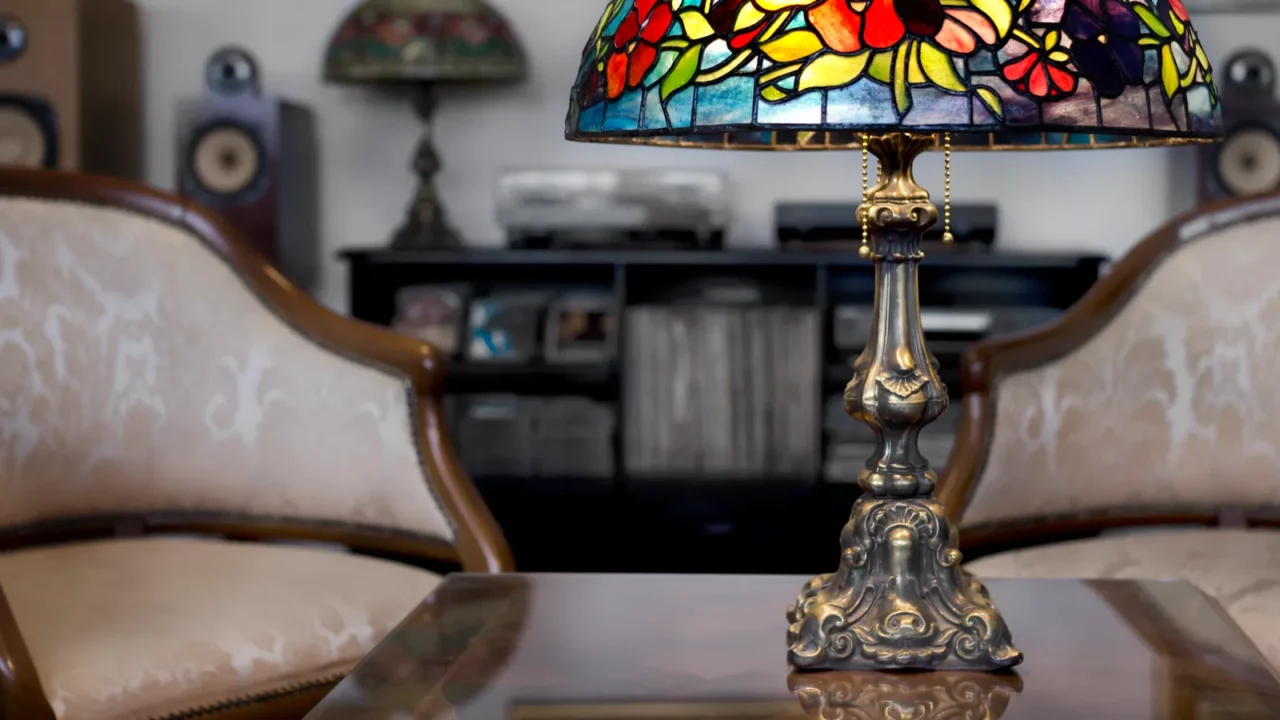
Revive Your Metals the DIY Way
Is tarnish dulling your favorite metal items? No worries. With creativity and common household items, you can breathe new life into brass, silver, copper, and more.
Let’s talk about easy, effective DIY solutions that’ll have your metals gleaming again. Whether it’s Grandma’s silverware or a brass candlestick from the thrift store, these tips will help restore their shine with minimal effort.
Roll up your sleeves and let’s get started.
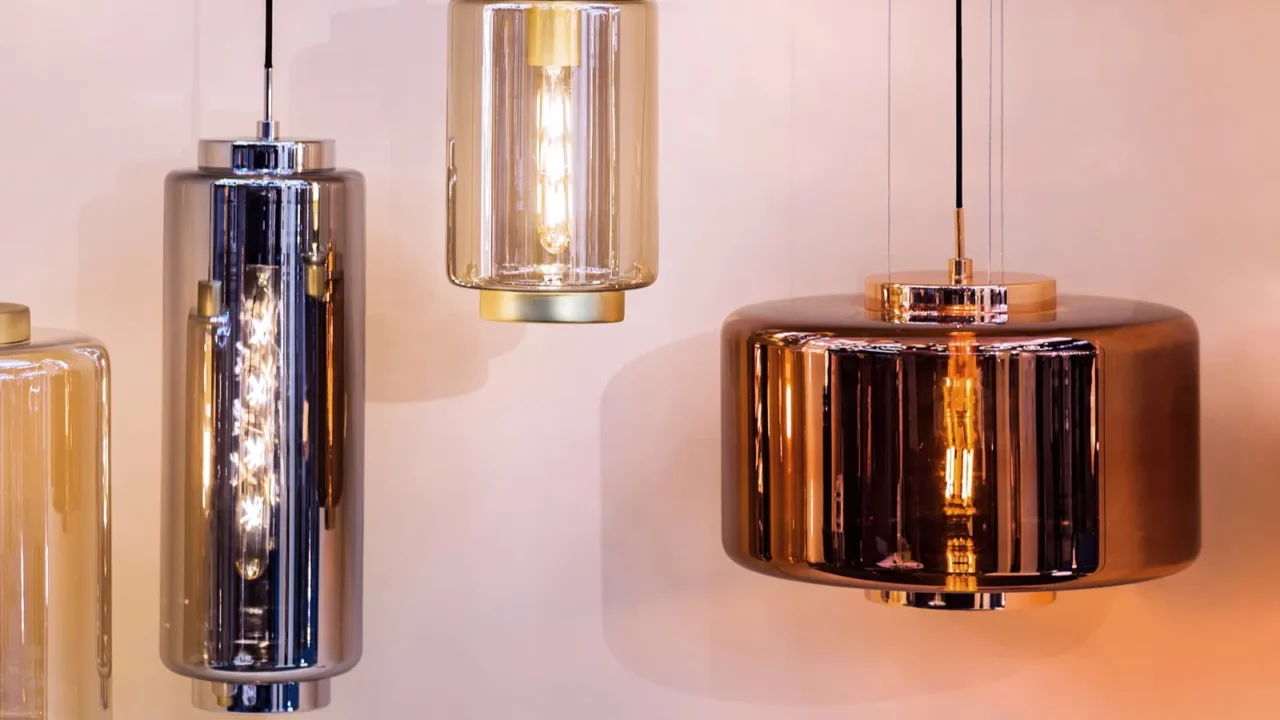
Lemon and Salt for Copper
Do you have dull copper pots or chandeliers? Slice a lemon in half, dip it in salt, and rub it directly onto the tarnished surface.
The natural acidity of the lemon breaks down tarnish, while the salt acts as a gentle scrub. Rinse thoroughly and dry with a soft cloth.
You can make lemon juice and salt paste for a more targeted approach for heavily tarnished areas.
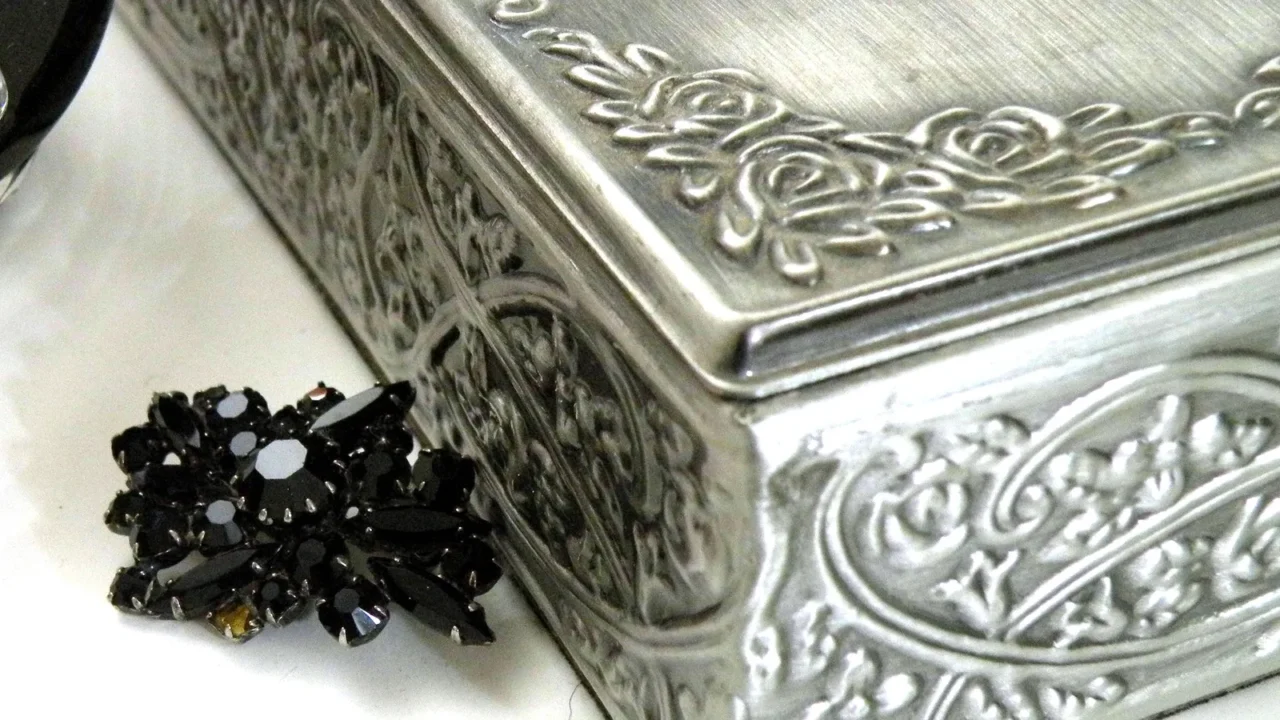
Baking Soda Paste for Silver
Silver losing its sparkle? Mix a thick paste of baking soda and water. Apply it to the tarnished areas with a soft cloth or sponge.
Gently rub in circular motions and watch the tarnish lift away. Rinse with warm water and dry thoroughly with a soft towel.
This method is chemical-free and perfect for delicate heirlooms.
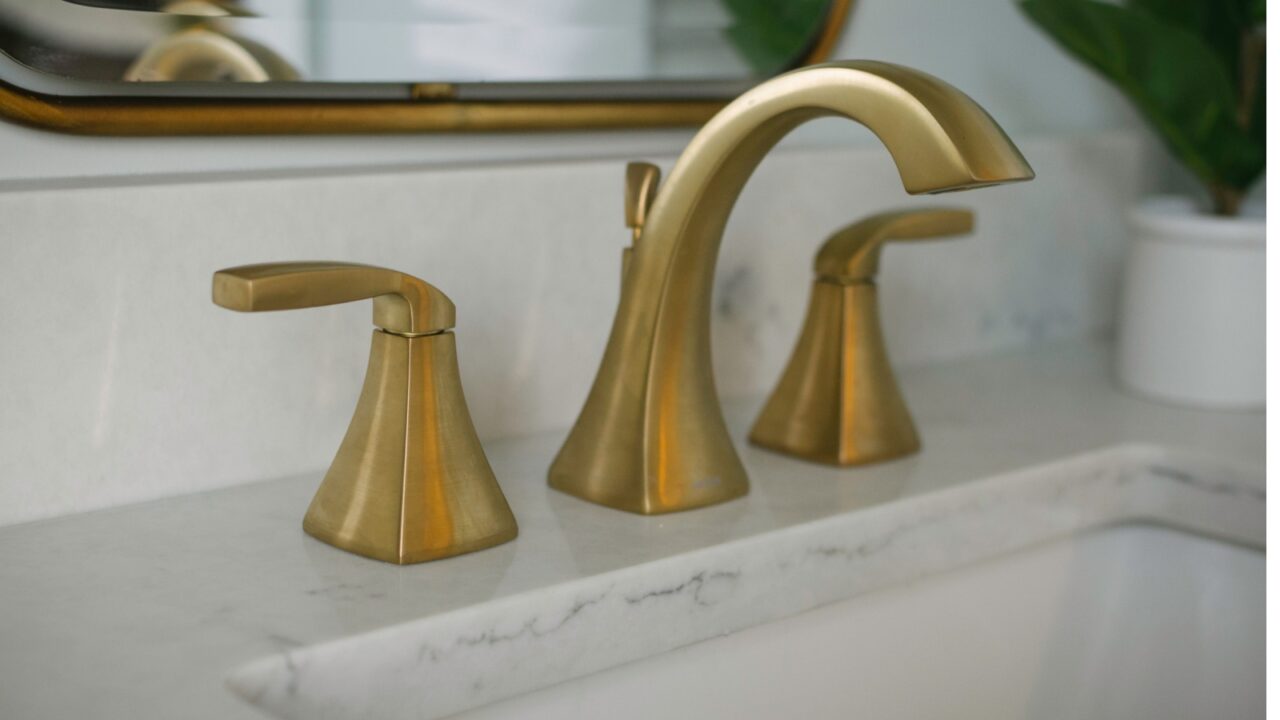
Vinegar and Flour Paste for Brass
To bring brass back to life, mix equal parts vinegar, flour, and salt into a thick paste. Apply it generously to the tarnished surface and let it sit for 30 minutes. Rinse with warm water and buff with a clean, soft cloth.
This gentle yet effective solution works wonders on brass fixtures, trays, or decorative items. Plus, it’s budget-friendly and only needs pantry staples that you likely have at home.
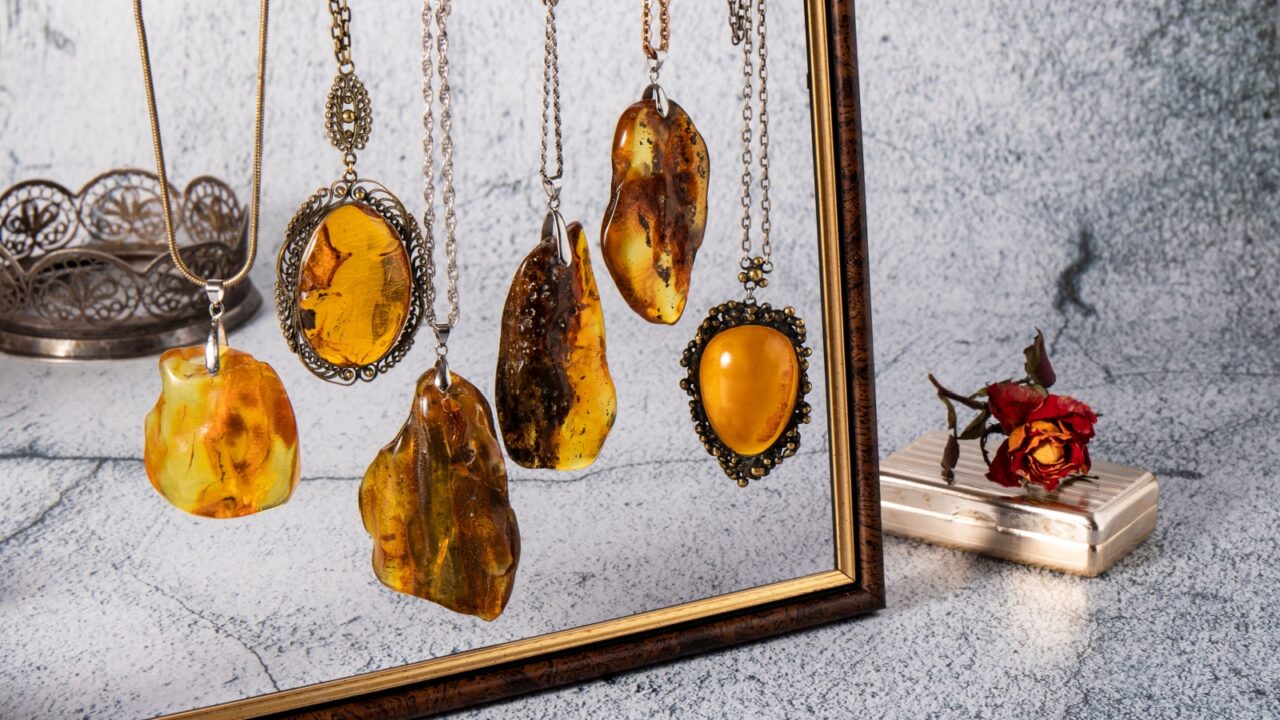
Toothpaste for Small Metal Items
For small metal items like jewelry or belt buckles, non-gel toothpaste can work wonders. Dab a small amount onto a soft cloth and gently rub the tarnished areas. Rinse under warm water and pat dry.
Toothpaste is great for detailed pieces because it gets into those hard-to-reach crevices. Just make sure to avoid whitening toothpaste as it can be too abrasive for delicate metals.
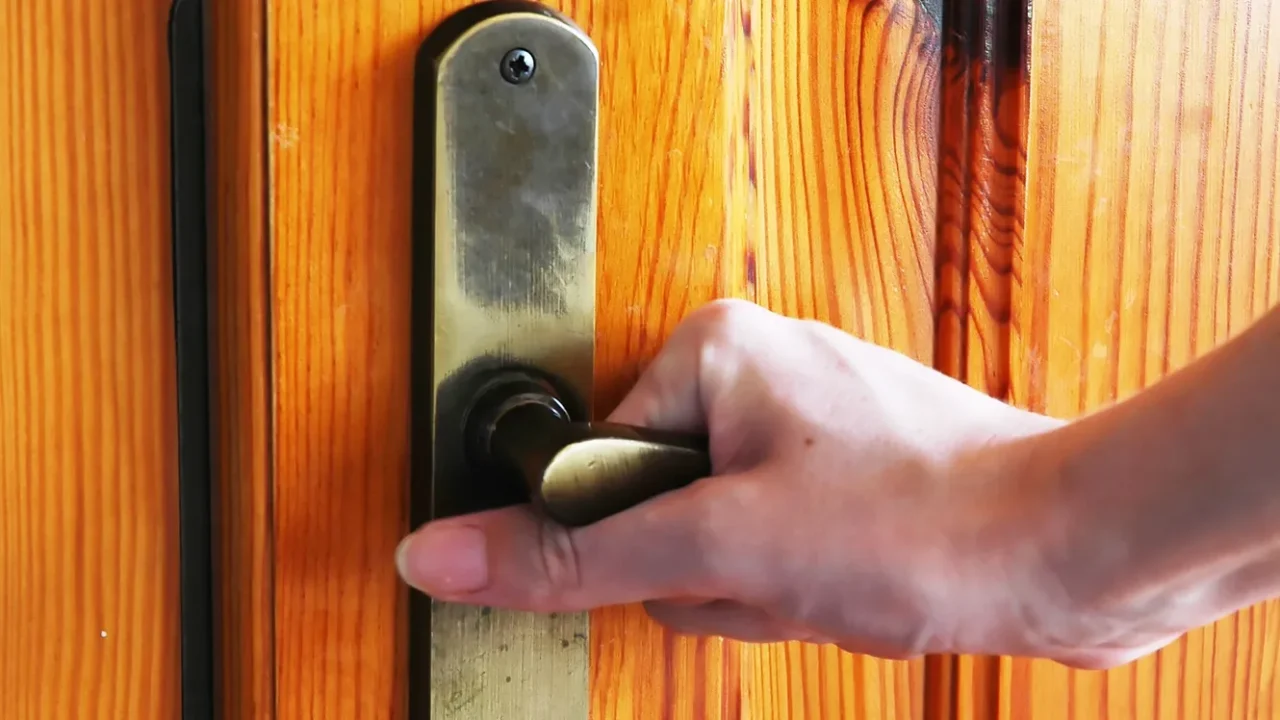
Ketchup for Tarnished Brass
Do you love ketchup with your fries? Save some to revive the tarnished brass. Surprise, Surprise.
Apply a thin layer to your tarnished brass, let it sit for 45 minutes, and then buff it with a soft cloth. The acidity in ketchup helps dissolve tarnish, while its smooth texture provides gentle cleaning power.
This quirky method is fun, effective, and perfect for quick touch-ups.
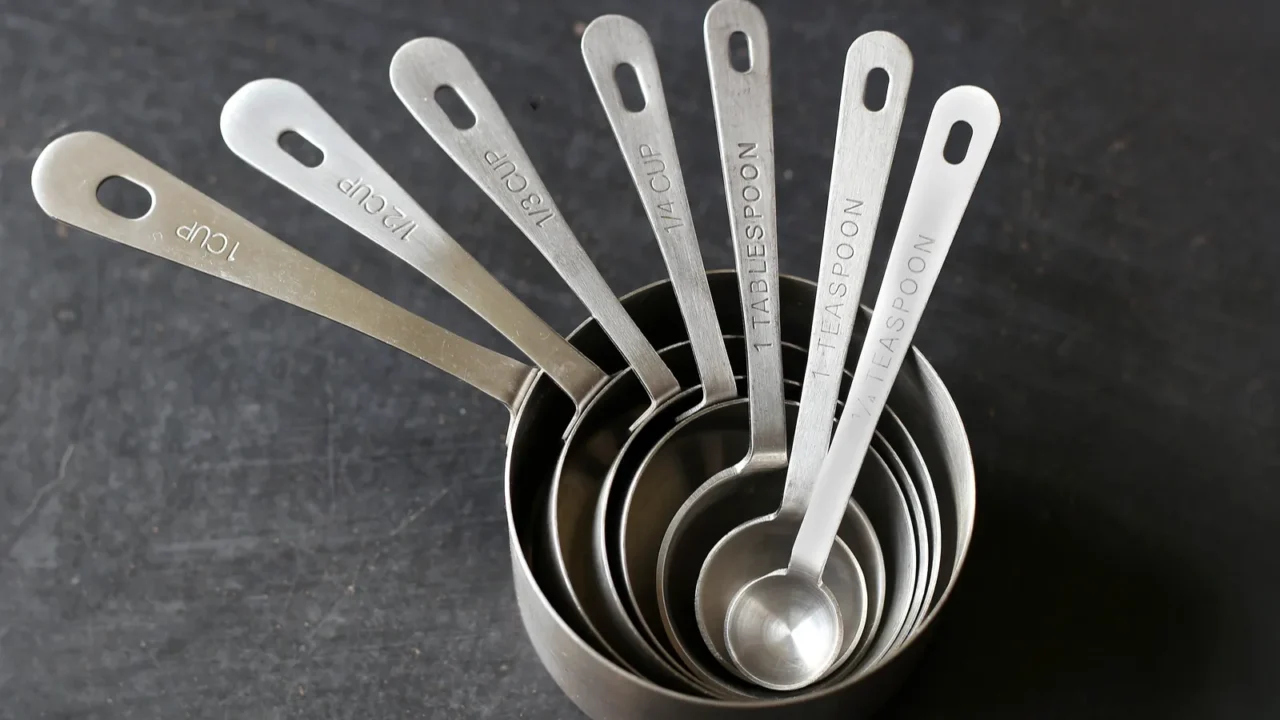
Aluminum Foil and Baking Soda for Silverware
About to host a dinner but all the silverware looks not so pleasing after years of use? No need to fret. Line a pan with aluminum foil, shiny side up. Add your tarnished silverware, then sprinkle a generous amount of baking soda over them.
Pour boiling water into the pan until the silverware is submerged. Watch as the tarnish magically transfers to the foil.
This method is fast, easy, and great for larger batches of silver items.
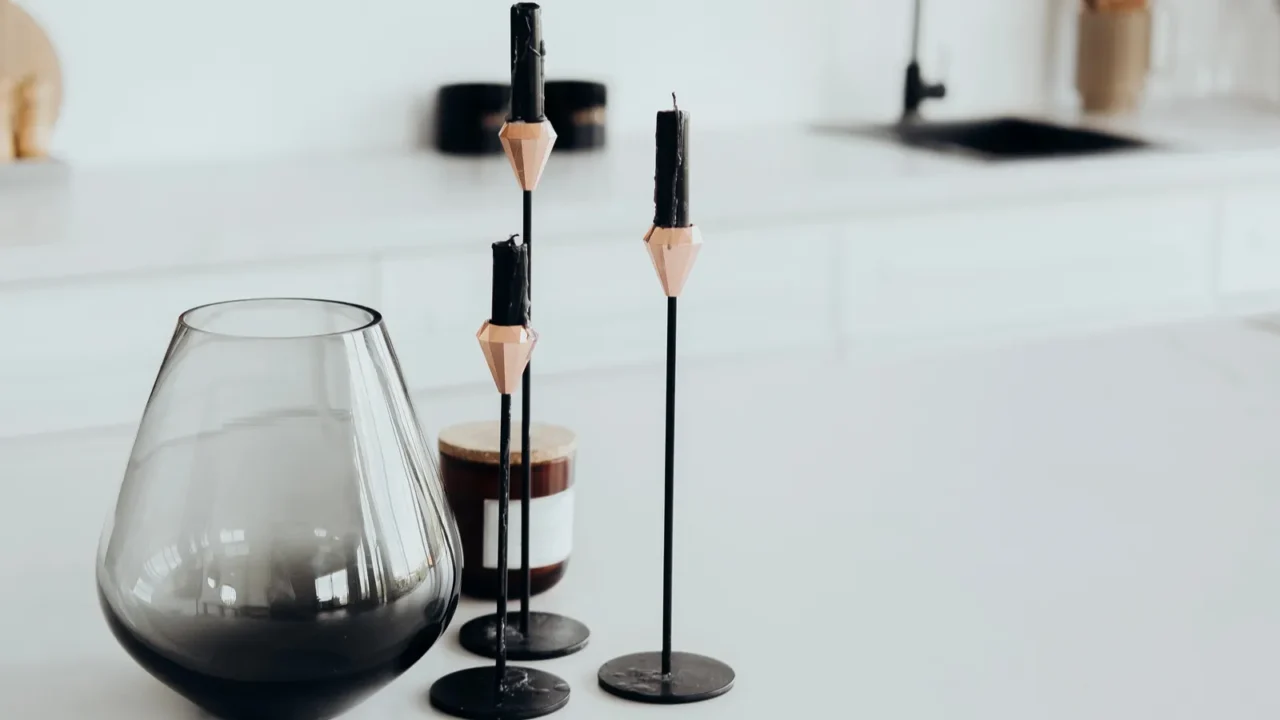
Beer for Bronze
Got an old can of beer? Use it to clean tarnished bronze. Pour some beer onto a soft cloth and rub it onto the tarnished areas.
The mild acidity and carbonation work together to remove the tarnish gently. Rinse with warm water and dry.
This is a unique way to restore bronze items like vases or statues. These tips sound so easy but they work wonders.
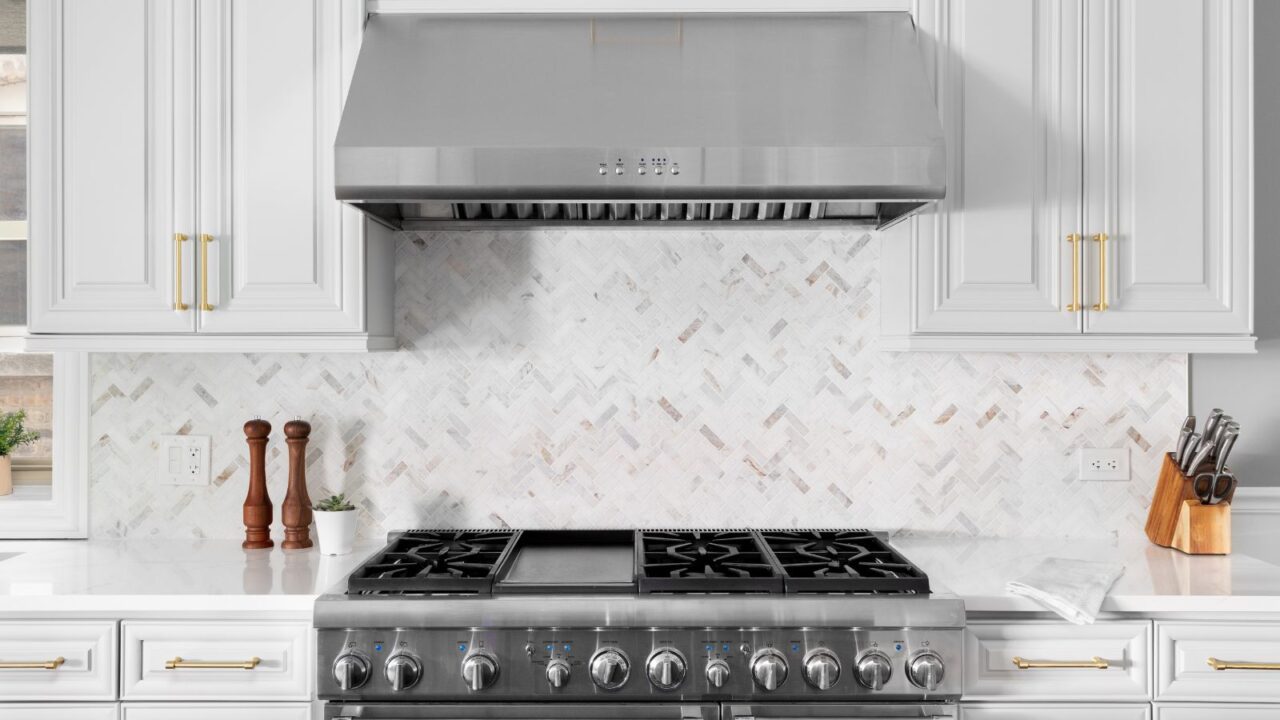
Olive Oil for Stainless Steel
If your stainless steel is looking dull, olive oil can help. Apply a small amount to a soft cloth and buff the metal in the direction of the grain.
This step will restore the lost shine of stainless steel and also add a protective layer to prevent future tarnish. Such an easy way to keep your stainless steel appliances or cutlery looking new and shiny.
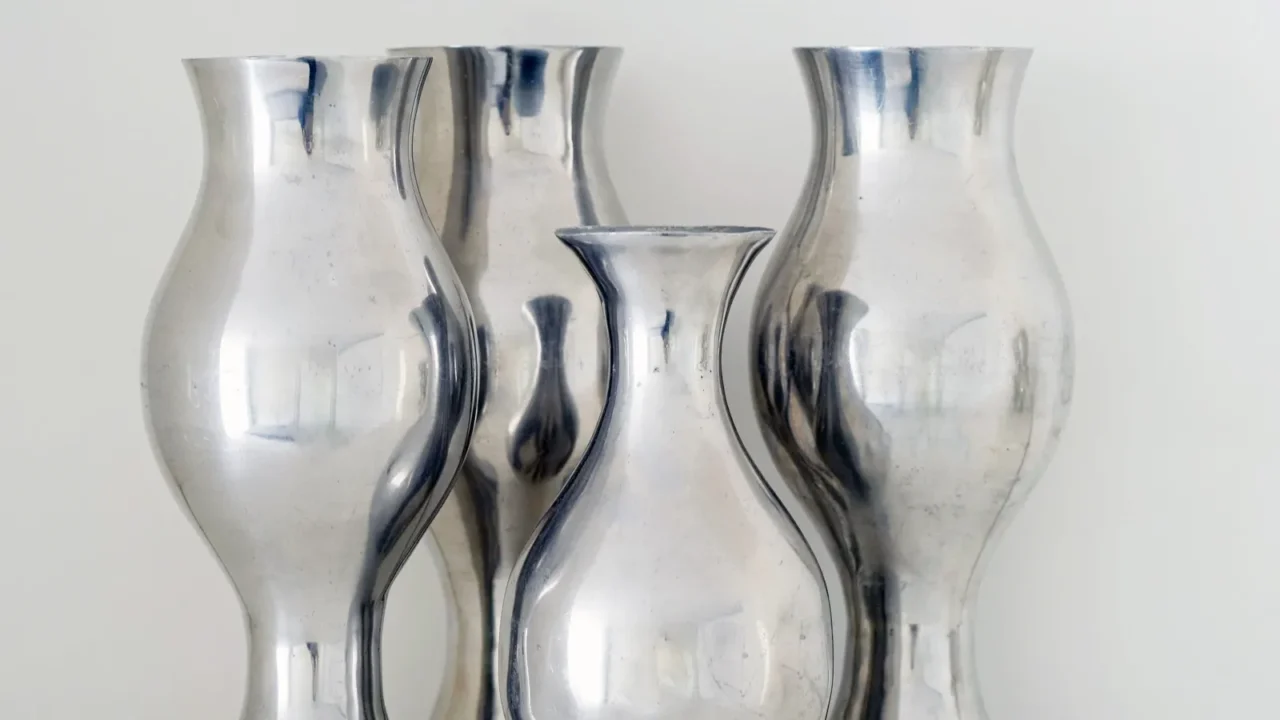
Cream of Tartar for Aluminum
Is your aluminum cookware looking tired? Sprinkle cream of tartar onto a damp sponge, rub it over the tarnished areas, and see the magic. After one wash it will be looking all alive again.
This gentle abrasive removes tarnish without scratching. It’s especially effective for restoring the shine in aluminum pots and pans.
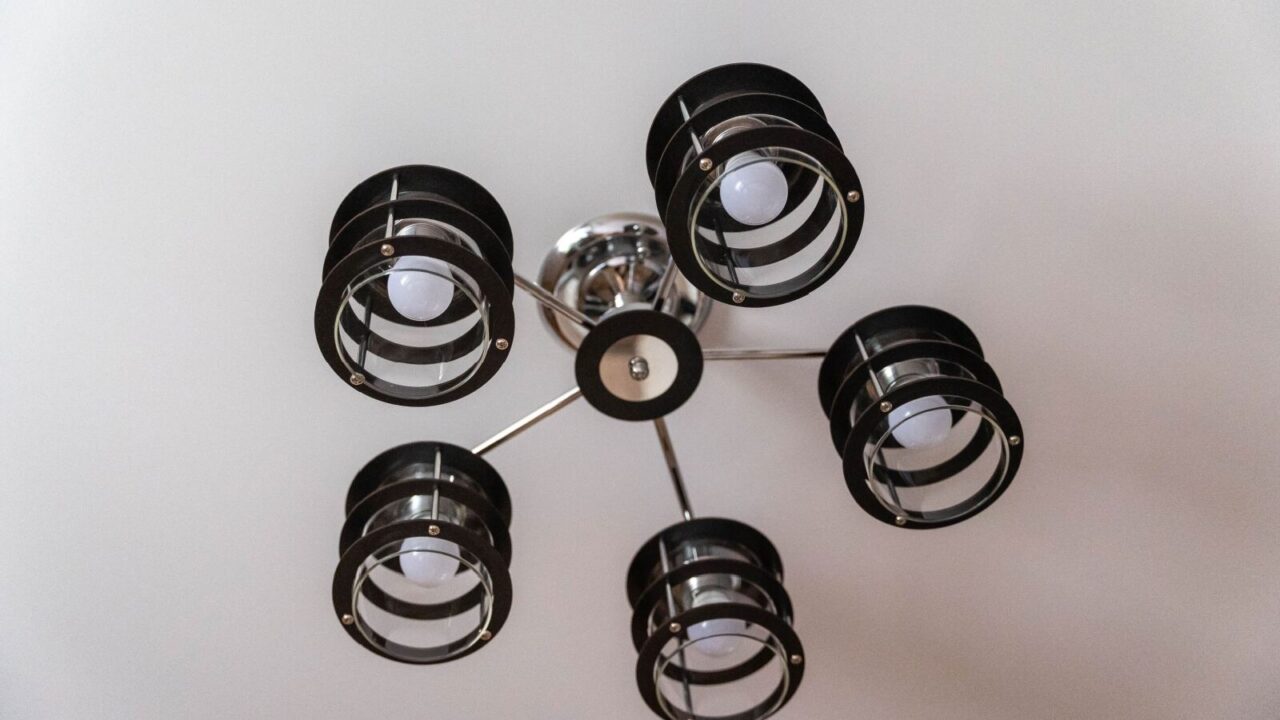
Club Soda for Chrome
For tarnished chrome, soak a soft cloth in club soda and rub it over the surface. The carbonation helps lift dirt and tarnish while leaving a brilliant shine.
This method is perfect for chrome fixtures, car parts, or bike handlebars. It’s a quick, eco-friendly, and hassle-free solution for restoring luster.
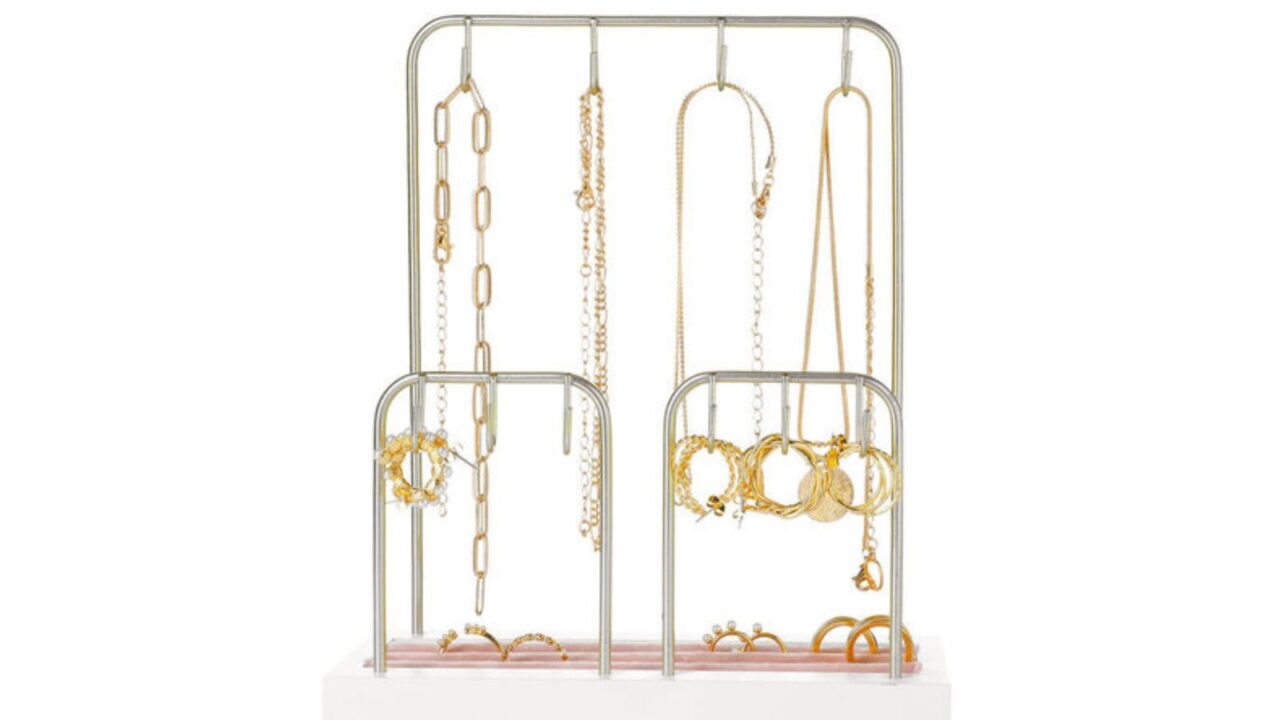
Baking Soda and Hydrogen Peroxide for Jewelry
Mix a small amount of baking soda with hydrogen peroxide to create a cleaning solution for tarnished jewelry.
Apply it with a soft brush, like an old toothbrush, to gently scrub the tarnish away. You can witness the change after a single rinse.
You can use this method on silver and gold-plated pieces but should be avoided for porous stones.
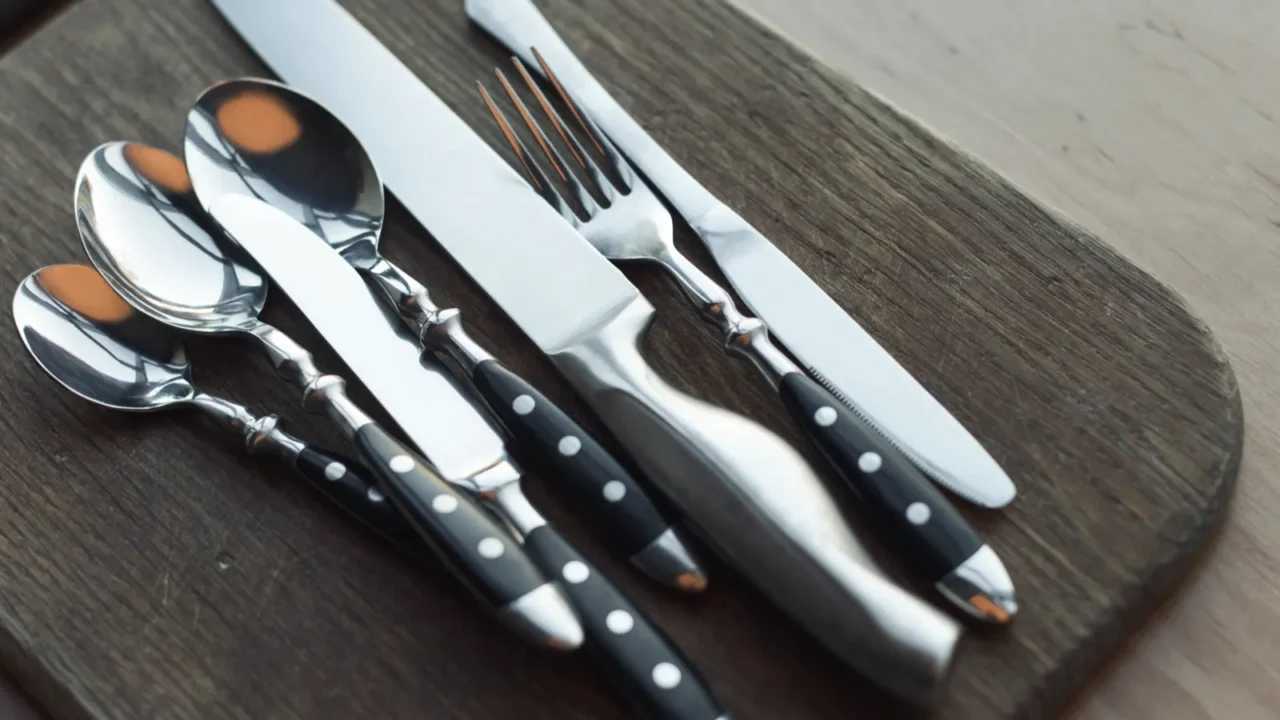
Banana Peel for Silverware
Don’t toss those banana peels. They might seem like mere scraps, but they have numerous surprising uses, so why let them go to waste?
One quirky and eco-friendly trick is to repurpose them as a natural silver polish, and it’s surprisingly effective.
Rub the peel onto your tarnished silverware, then buff it with a soft cloth. The inside of the peel contains natural oils and compounds that can remove tarnishes.
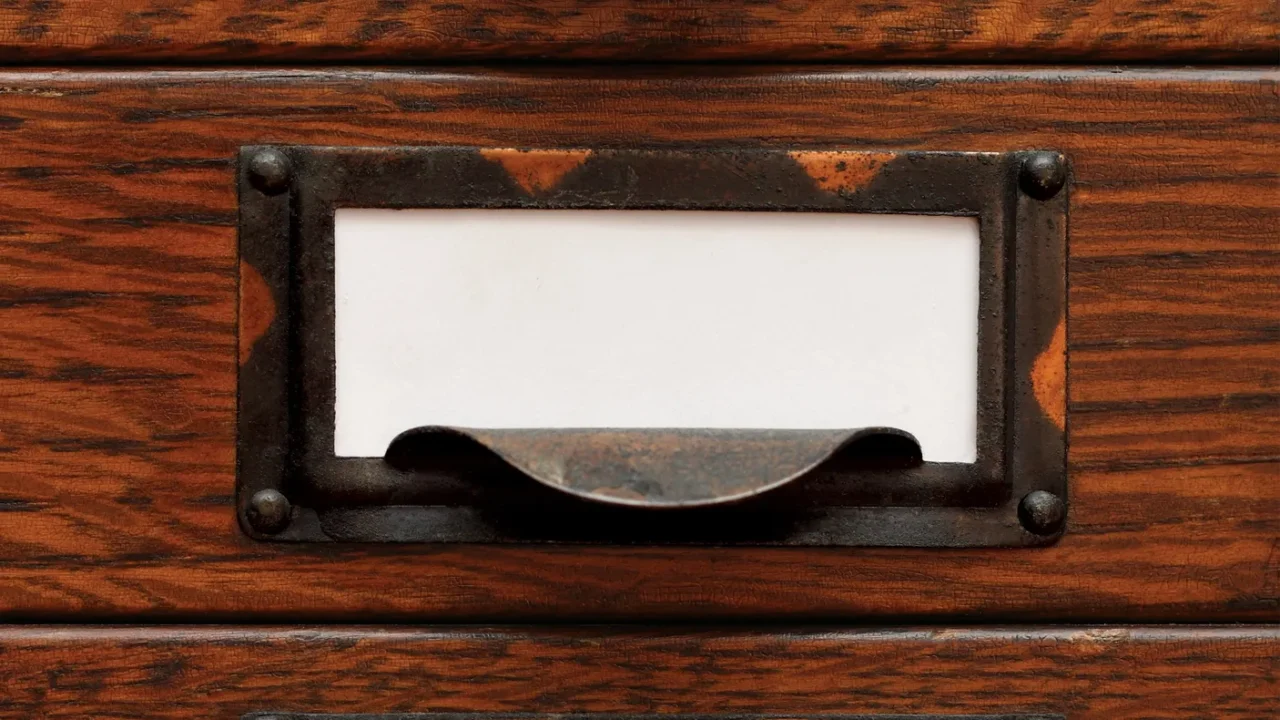
Ammonia for Heavily Tarnished Metal
Soak the metal in a mixture of water and a small amount of ammonia (1 part ammonia to 10 parts water) for stubborn tarnish.
Let it sit for a few minutes, then gently scrub gently. Wash and see the glow-up that will surprise you when it’s dry.
Note: This method should only be used sparingly as ammonia can be harsh if overused.
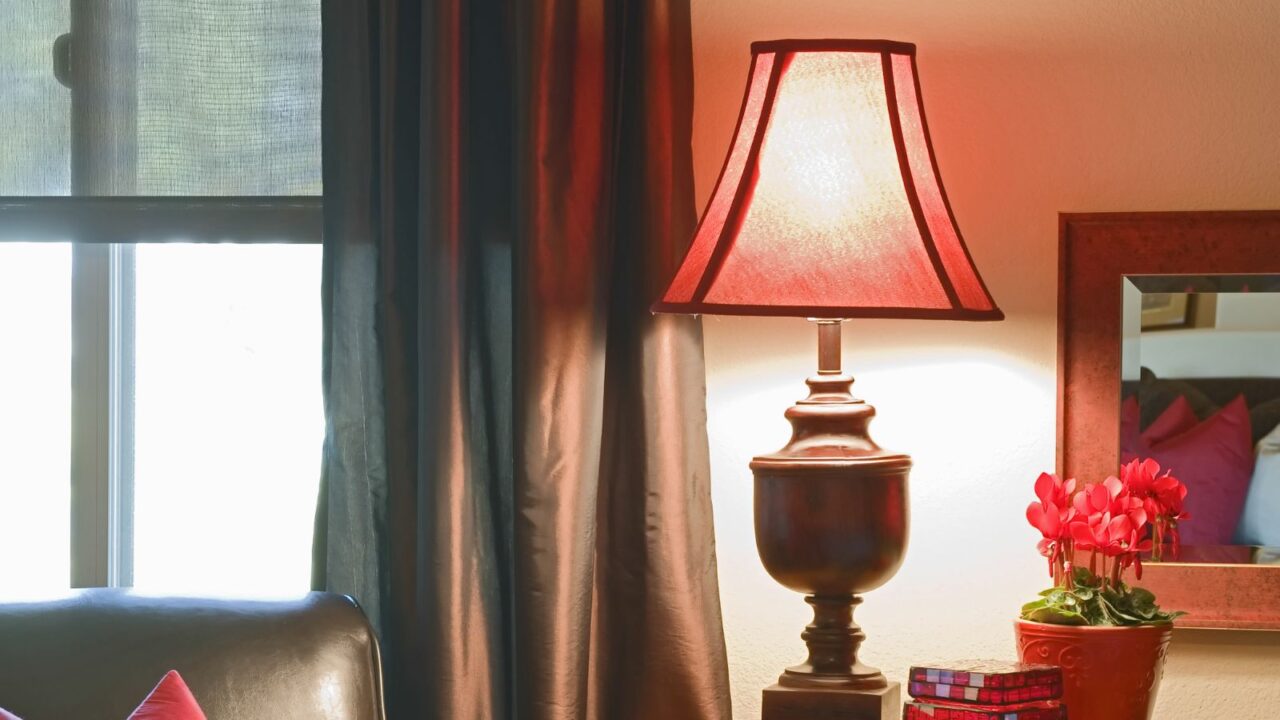
Cornstarch Paste for Pewter
Mix cornstarch with water to form a paste. Apply it to tarnished pewter items and let it dry. Once dry, buff it off with a soft cloth.
This gentle method works well for antique pewter items. It is the best way to preserve their charm without using any harsh chemicals.
The best part is that these products are usually available in your home and are safe to use. If you want to learn more about the toxic and harmful products you need to avoid, check out: “15 Cleaning Supplies You Can Stop Using Today.“

Tarnish Be Gone
Restoring tarnished metals doesn’t have to be a chore. With these easy DIY solutions, you can revive your favorite pieces without harsh chemicals or expensive cleaners.
With these simple tips, your metals will look stunning. Also, the satisfaction you get after doing it yourself is a plus.
Best part? these methods are gentle on the environment and your wallet. Which method will you try first? Grab your tools and start shining. Almost all of these method are non-toxic.
If you’re looking for more toxin-free alternatives for house cleaning, check out these eco-friendly solutions that are also affordable.